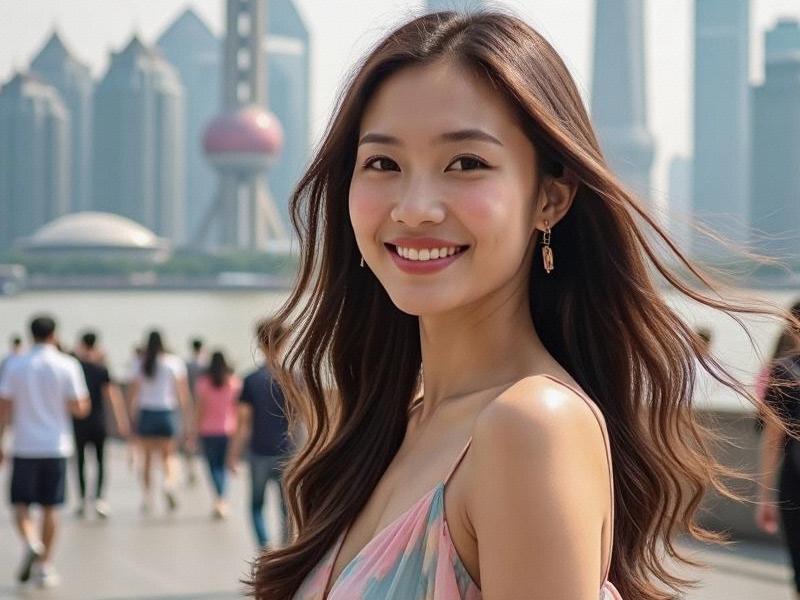
The Shanghainese woman has long been celebrated in Chinese culture, but the 21st century version represents something radically new. Today's Shanghai beauty is as likely to be found closing a multi-million dollar deal in Lujiazui as posing for fashion bloggers in Xintiandi - and she's redefining what it means to be a modern Chinese woman in the process.
Historical Foundations of Shanghai Beauty
The roots of Shanghai's distinctive feminine ideal stretch back to the 1920s, when the city earned its "Paris of the East" moniker. "Shanghainese women were China's first modern beauties," explains cultural historian Dr. Li Meifang of Fudan University. "They transformed the traditional qipao into a body-hugging statement piece and were the first Chinese women to regularly wear Western cosmetics."
This legacy continues today in subtle but significant ways:
• The average Shanghainese woman spends ¥3,800 annually on skincare (30% above national average)
• Local beauty brands like Pechoin and Maxam dominate domestic markets
• 72% of Shanghai women report using both TCM (Traditional Chinese Medicine) and Western beauty treatments
The Working Goddess Phenomenon
上海龙凤419会所 Perhaps the most striking evolution is the rise of Shanghai's "Working Goddesses" - highly educated, ambitious professionals who refuse to choose between career success and feminine presentation. Consider these statistics:
• 58% of managerial positions in Shanghai are held by women
• The city boasts China's highest percentage of female entrepreneurs (39%)
• Average age of first marriage: 30.4 (compared to 27.9 nationally)
"Shanghai women understand that true beauty comes from confidence and accomplishment," says executive coach Vivian Wu. "The most sought-after women in this city aren't just pretty faces - they're multilingual, financially independent, and culturally sophisticated."
Fashion as Cultural Expression
Shanghai's street style represents a fascinating cultural hybrid. Influencers like fashion blogger Xiao Xue (4.7M followers) have pioneered a look that blends:
上海品茶网 • Cheongsam-inspired silhouettes with contemporary cuts
• Luxury international brands with local designers
• Traditional jade jewelry with modern minimalist aesthetics
International brands have taken notice:
• Dior's Shanghai-exclusive collections incorporate qipao elements
• Sephora's China R&D lab develops products specifically for Shanghainese consumers
• Local designers like Uma Wang gain global recognition during Shanghai Fashion Week
Beauty Beyond Skin Deep
上海龙凤阿拉后花园 The modern Shanghainese woman's concept of beauty extends far beyond physical appearance. Wellness coach Rachel Zhou notes growing demand for:
• Executive education programs focused on leadership development
• Meditation retreats combining TCM principles with mindfulness
• Cultural enrichment activities like museum tours and philosophy discussions
Challenges and Controversies
This evolution hasn't been without friction. Some criticize the "Shanghai Standard" as creating unrealistic expectations, while others note the city's beauty economy remains inaccessible to many. Yet most agree Shanghai continues to push boundaries in redefining Chinese femininity.
As 29-year-old tech CEO Fiona Zhang adjusts her grandmother's heirloom jade bracelet before an investor pitch, she encapsulates the paradox: "Being a Shanghai woman means honoring tradition while writing your own future - in business, in beauty, and in life."
